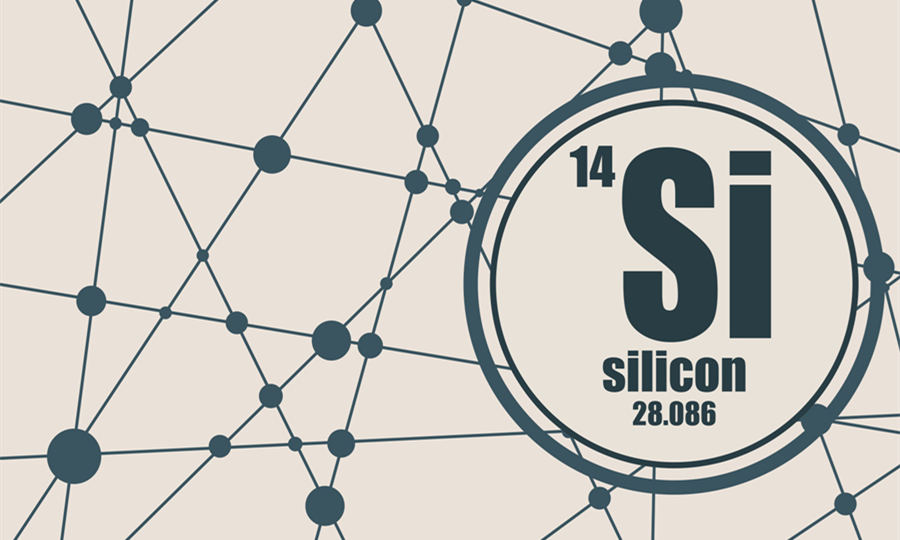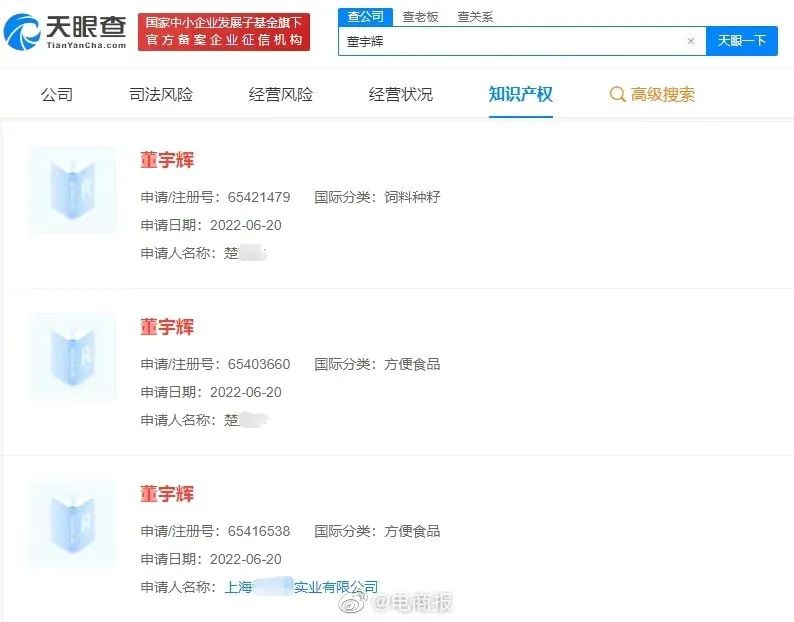Will the silicon material in the next three years be surplus?
Author:Energy 100 Time:2022.08.03

Although the price of polycrystalline silicon materials is at the 300 yuan mark, although the supply of polysilicon is still extremely tense or even shortage, it is difficult for second -tier companies to buy the appropriate price of silicon materials, silicon wafers, and batteries. Follow the empty side.
Many analysts believe that from 2023, global silicon production capacity will have a full surplus!
Will the polycrystalline silicon in 2022 be surplus?
I predict that the supply of silicon materials that can be transformed into components in 2022 will be 85-900,000 tons ... It is expected that the amount of components in 2022 will reach 330GW, corresponding to 270GW +'s global new installation volume; deducting logistics connection, safe safety Factors such as inventory and market supply and demand are expected. The annual component shipments are expected to be around 290GW, corresponding to 240-250GW new installation machines.
This expectation is the new light installation capacity calculated under the premise of all supply to the installation. When there is no excess, the price of silicon material will still be firm; once the price of silicon material has fallen, it will be suppressed by high prices. Demand and social facial installation demand will be resurrected immediately, so the supply and demand of silicon materials may be in a tight balance between a period of time, and even 300,000 tons of silicon production capacity will be released in the fourth quarter.
Of course, in the process of market supply and demand tight balance, if there is an intermediary to stock up the goods and the manufacturing link is not willing to make goods, it may also affect the fluctuation range of prices. In short, the supply of silicon materials in 2022 may always be tense, and it will be relieved in the fourth quarter.
Will the polycrystalline silicon in 2023 be surplus?
At the end of 2022, 1.07 million tons of silicon production capacity will be achieved, with a total output capacity of 100,000 tons overseas. In 2023, the new silicon material production capacity (Baofeng, Runyang and Jingnuo total about 200,000 tons, Yongxiang 120,000 tons, Daquan 100,000 tons, 40,000 tons of Asian Silicon Industry, and about 100,000 tons of He Sheng Silicon Industry. Coupled with other unlawful), it is expected to be 600,000 tons, which can be discounted by 200,000 tons. Therefore, about 1.35 million tons can be used for component production throughout the year.
Although the first "Bigv Wa" annual shipment was achieved until 2017 after the photovoltaic commercialization, the global component shipment reached 150GW in 2020, and the component shipment in 2021 reached 193GW, close Two "Bigwa"; by 2022, there will be a successive announcement of Jingke, Tianhe, Jing'ao, and Tongwei. The component shipment is more expected to achieve the third "Bigwa", and the fourth "Bigwa Wa" in 2023 has been on the way.
Therefore, we expect that a relatively loose supply and demand balance will appear between 2023 for the supply and component shipments in 2023, which can supply about 1.35 million tons/525GW. The supply and demand ratio is about 1.25. This kind of supply -demand ratio is probably the best balance of supply and demand, which can promote the decline in the price of silicon material without severe excess and the plunge brought about. confusion.
Will the polycrystalline silicon in 2025 be surplus?
Ma Haitian, deputy secretary -general of the Silicon Branch of the China Nonferrous Metal Industry Association, predicted in the "Review and Prospects of the Development and Outlook for the Development of Polycrystalline Silicon Market" that in 2025, the production capacity of polycrystalline silicon materials can reach 3 million tons, which can correspond to the output of 1200GW components. The component supply that exceeds 1200 GW each year will correspond to the annual new photovoltaic installation of 1,000 GW (1 Taiwa). Just a few months ago, the global photovoltaic installation just broke through the 1TW mark!
However, recently, the University of New South Wales (UNSW) in Australia (UNSW) is based on the extensive electrification scenarios in the international photovoltaic technology roadmap (ITRPV). It is assumed that the photovoltaic needs will cover about 69%of the world's energy demand by 2050 to achieve extensive electrification needs. The research results believe that : "By 2030, the new installation of the photovoltaic year will increase to the current 7-15 times, that is, the annual 1400GW photovoltaic power generation will be added; and at the annual growth rate of 25-35%, by 2050, the 63.4 TW will be achieved by 2050. The total amount of photovoltaic installation is equivalent to an average of 2.16 Taiwa in the next 29 years. In 2050, it will increase by 4.5 Taishwa photovoltaic.
According to the study of the University of New South and Wales, the total number of components in 2025 may reach around 700GW under the trend. According to the report of the Silicon Industry Branch, at the end of 2025, the production capacity of the silicon material will reach 3 million tons. The availability of the silicon material in that year is expected to be 2.35 million tons, corresponding to the output of 960GW component, and the supply/demand ratio is about 1.35. There will be a very loose supply and demand balance state, which is excessive light.
Such a loose and balance state may appear in 2024, which is conducive to the price of polycrystalline silicon materials. By 2025, the price of polycrystalline silicon will reach a reasonable profit balance point, which is generally considered to be about 70 yuan/kg.
Conclusion: Balance of demand in the next three years
According to the above analysis, it can be considered that the supply and demand of silicon materials in 2022 is extremely short -short. The supply and demand balance in 2023 will greatly alleviate it. After that, the supply of silicon material will be relatively loose. In 2024, the supply and demand will be widely balanced.Excess state.And if the speed of light installation slows down appropriately, the excess of silicon material may appear earlier.Disclaimer: The above content is reproduced from global photovoltaic, and the content issued does not represent this position.
- END -
Ten years exceeded 3 trillion Beijing Customs to help the capital foreign trade block acceleration (extraordinary ten years 3)

Since the 18th National Congress of the Communist Party of China, the overall situ...
Public opinion attention: New Oriental anchor Dong Yuhui was grabbed a trademark

Recently, some media reports that the company checked the APP showed that the Dong...